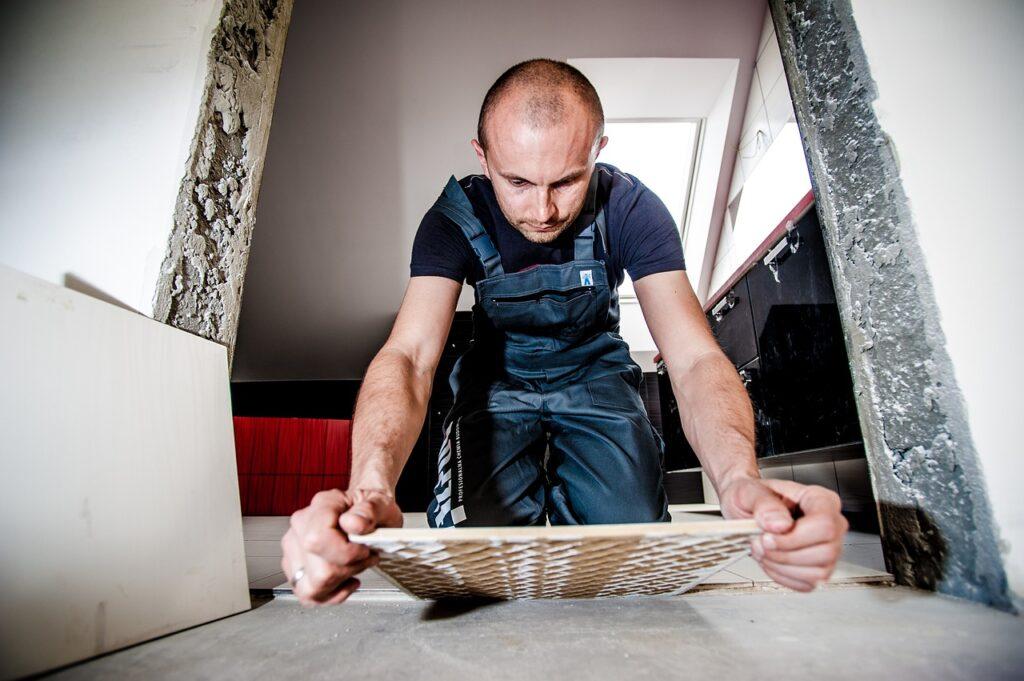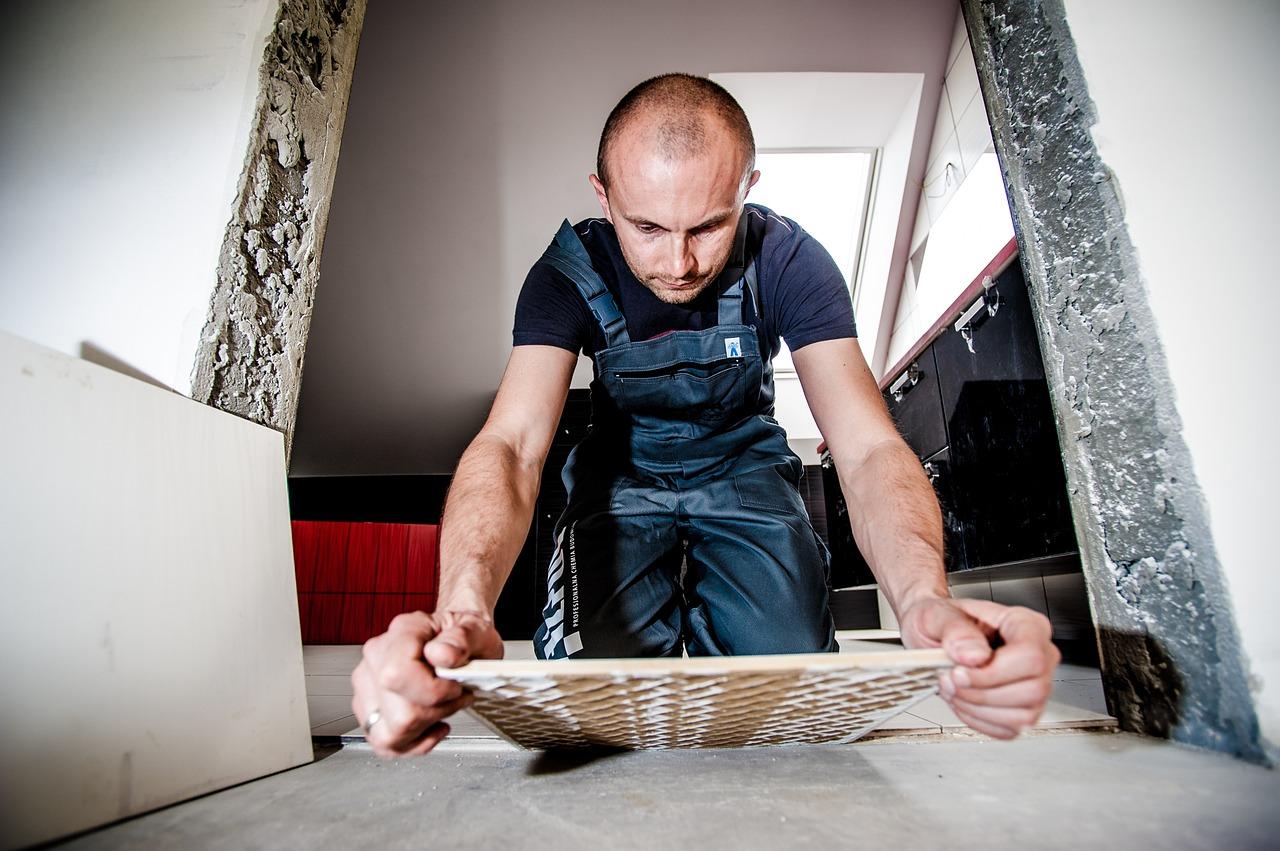A home inspection includes inspecting flooring for flaws or defects – such as ceramic tile. Ceramic and porcelain tile is still one of the most popular materials for flooring and walls, especially in kitchens and bathrooms. It is fairly low maintenance, is easy to clean, and resists damage. However, they are vulnerable to defects.

A few common issues we see when we inspect homes are:
Uneven tiles.
Tiles that are not set at the same height likely weren’t set properly into the mortar, which may require reinstallation. Sometimes you may be able to simply install the few times that are too high or low; however, this is an indication of an overall poor tile installation job, so it may be wise to consider a reinstall for the entire area to avoid future problems.
Cracked, loose, or splitting tiles.
A crack in ceramic tile is a result of movement of the tile underlayment, excessive expansion or contraction of the building, improper installation, or damage such as from something heavy being dropped on top of the tile. A loose or popped tile can also occur because the substrate wasn’t properly levelled and reinforced before the tile installation began. The lack of proper joints, especially against adjacent surfaces or materials, can cause the tiles to pop into the air. Thin, minor cracks may be able to be repaired with grout that matches the tile color, but large cracks may require replacing the entire tile. Luckily replacing an individual tile isn’t too difficult, and this is why it’s always wise to keep a couple of extra pieces on hand after any tile installation job.
Cracked or discolored grout lines.
Unsealed or improperly sealed grout will readily absorb moisture from the air or any standing water such as around showers and sinks. Some porous tiles may actually powder if they are subjected to constant moisture. Dirt and bacteria can get into the grout lines, causing odors. Mold can also be an issue since ceramic or porcelain tile is often used in damp areas. Most of the mold-killing cleaners won’t fully fix the issue and may actually cause further tile or grout issues because of the caustic nature of the cleaning agent. Mold issues with grout lines could be indicative of a larger mold problem which may require professional mold remediation.
Damaged or discolored grout can be removed and replaced. This can be a DIY job that you can get done in a weekend if you’re handy, otherwise it’s a pretty quick and inexpensive job from a professional. If your grout is a bit discolored but doesn’t need full replacing, you can also hire professionals who will clean the grout, coat it with a new color, and reseal it, for a complete refresh of your floors or walls. This can be a great way to provide a fresh, clean look for your room.
Crazing.
This is when tiles are cooled too quickly after the firing process and causes them to develop very fine cracks on the surface, looking almost like a web. This is more common in historic tiles but can still occur in the present. This increases the rate at which tiles hold dirt, which leads to discoloration. This discoloration tends to seep down into the tile itself, which means it can be almost impossible to clean and often replacement is your best option.
Many issues with tile aren’t necessarily major enough to want you to reconsider your choice of your new home. However, sometimes they may be indicative of a larger underlying problem, or the cost to repair may be more than you want to set aside in your budget. For the most part, the tile issues we see are usually minor and more of a cosmetic issue than anything else.
For commercial property inspections in the Dallas/Fort Worth area, including a thorough and informative home inspection report, learn more at
or request a quote for a commercial inspection at
682-351-2267



